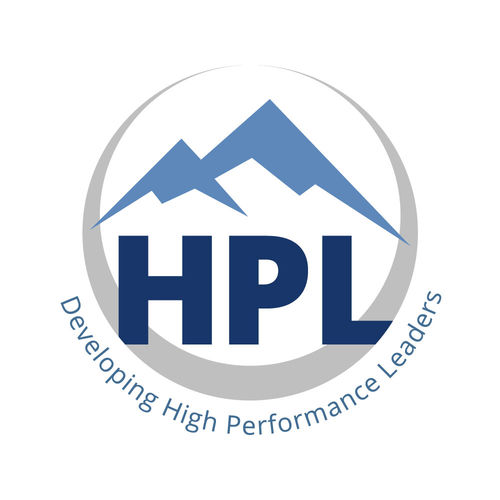
|
|
||
|
Mary Kay Ash built the global cosmetic empire Mary Kay which is now a $3.25 billion company. (Some of you may recall Mary Kay’s signature pink Cadillac).
She built the empire based on the following leadership and problem solving approach:
1. Follow the golden rule – do unto others as you would have them do unto you – in dealing with team members and employees. If you help them get what they want, they will help you get what you want.
2. The people are more important than the plan. Make them feel important, praise them, listen to them and let them contribute. In return you will get their best efforts and their support. Managers get their best ideas from their teams.
Please let me know your thoughts.
Thank you Scott |
||
|
||
|
||
|
||
|

|
|
HPL Administrator 7 November 29, 2024 |

|
|
Sabrina Sommerville 1 August 15, 2024 |

|
|
Glenn Sommerville 45 June 6, 2024 |